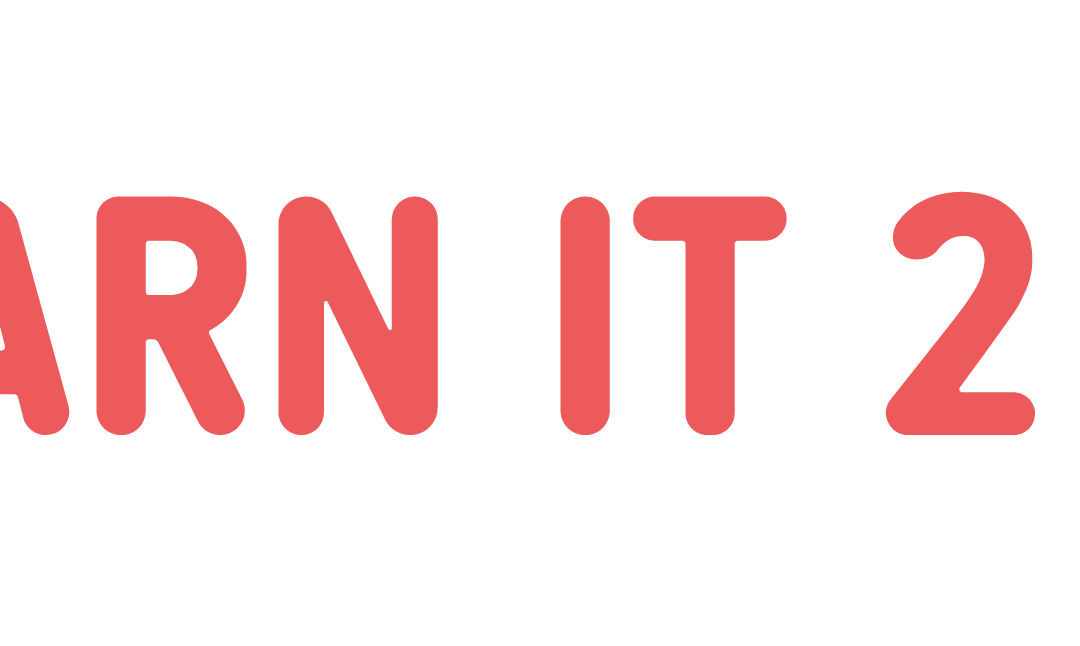Addition is the foundation of arithmetic. Without addition, it becomes very difficult to do many mathematical processes, thereby making it extremely difficult if not impossible to make any progress in learning math.
Addition is a very simple concept – we are taking two groups or more groups, putting them together, and seeing how many there are after. The easiest way to demonstrate addition to your child when they are just learning is to count. It’s a very slow process at first, but it helps to develop your child’s ability to do mental math in the future.
We are easily able to answer 2+2=4 not because we have some mystical ability to add numbers, but as adults we have learned to count by intervals, which is how we are doing addition in our heads when we have that instant reflex of knowing the answer. To develop this skill for your child, there’s a few processes that go into it but to begin with just understanding addition is important.
Teaching your child addition involves using real objects as opposed to just numbers. Real objects help cement value in numbers while also helping your child to visualize addition. Taking for example the problem:
5+3
To solve this problem the phrasing of how you ask your child this problem is extremely important. Since addition involves grouping two sets into a single set, it’s important to make sure the groups are somewhat related. Find some examples of what to do and what not to do below:
Examples That Work
- I have 5 apples and 3 oranges. How many fruits do I have in all?
This example works because apples and oranges are fruits, and you are seeking the total value of all fruits in the example.
- I have 5 chocolate bars in my left hand and 3 chocolate bars in my right hand. How many chocolate bars do I have in all?
This example also works because the items are the same and you are asking how many of that item you have.
Examples that don’t work
- I have 5 cats and 3 bananas. How many animals do I have?
This example doesn’t work. The second part of the question does not ask for the sum of the two things.
- I have 5 cats and 2 dogs. How many dogs do I have?
This example also doesn’t work as the second part of the question is not asking for the sum of the two things.
The take away from these examples should be:
- When you are making a problem into an example, make sure there are either the same object or the same type of object within a set such as fruits, animals, people, etc.
- Asking questions that are not related to addition will not result in the right answer.
Check out our worksheet below to help you practice with your child!

